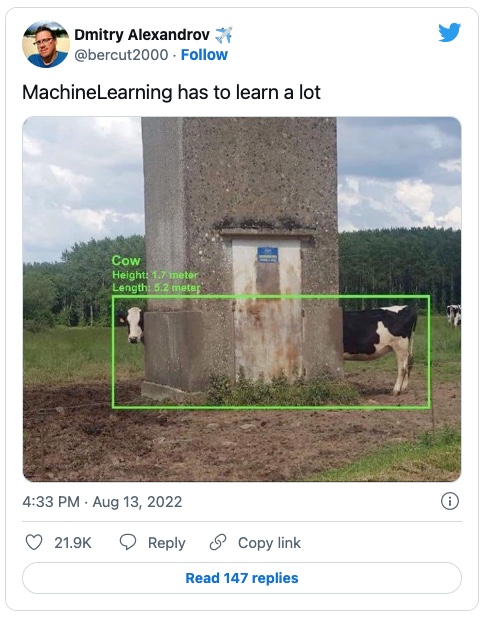
The full story at this address and the 3 reasond in a nutshell
Clever ecological modelers came up with a way of calculating a ‘maximum sustainable yield’ (MSY), set at 16% of the total population, which should theoretically leave enough fish to repopulate each year … But fishing floundered further and the Grand Banks cod population collapsed almost entirely in 1992 …
While the Canadian government attempted to sample the cod population in the 1980s, their ships caught so much less than professional fishermen … In doing so, the modelers ignored a selection bias: the pros used better tech and only fished in the highest-yielding spots, so these numbers cannot be extrapolated to the entire region…
In humans, the number of kids in a population depends heavily on the number of parents, because one pair of parents usually has just one kid at a time. In cod, on the other hand, a single fish can produce eight million eggs at a time. This means that the number of cod babies who make it to adulthood depends much less on the existing population size and much more on environmental factors like food and predation.
A third problem is that the fishing industry has far-reaching and often unforeseeable effects on the ecosystem as a whole.
